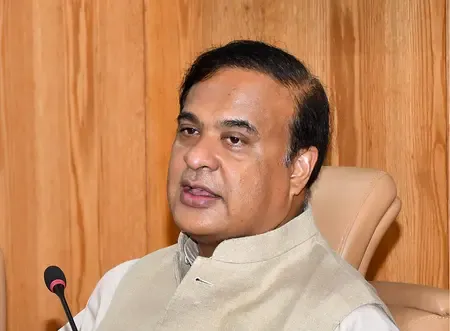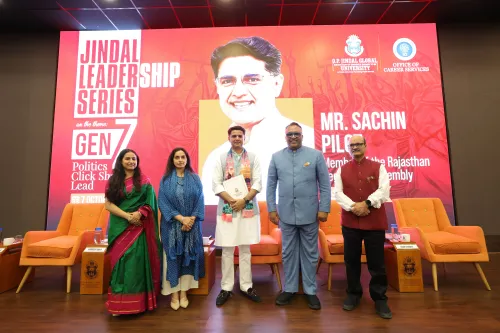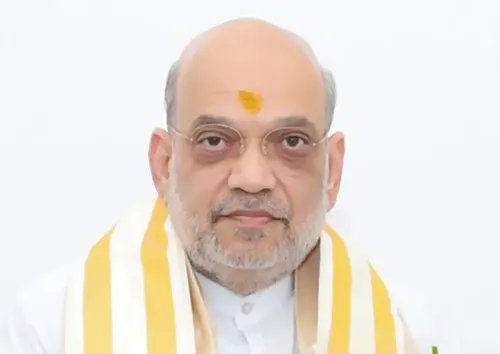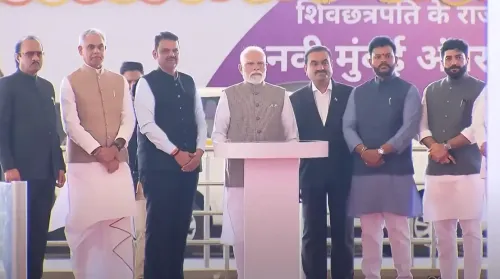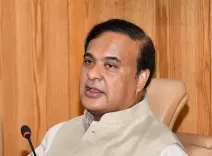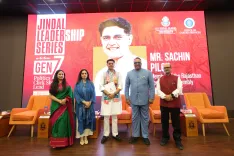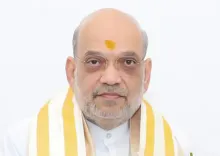Is India's media and entertainment sector set to exceed Rs 3 lakh crore by 2027?

Synopsis
Key Takeaways
- India's media and entertainment sector is poised for significant growth, projected to exceed Rs 3 lakh crore by 2027.
- The sector is evolving with the transition from analog to digital and 4K broadcasting.
- TRAI is implementing reforms to enhance ease of doing business and support innovation.
- Digital radio broadcasting is set to modernize the FM ecosystem in major cities.
- Collaboration with industry stakeholders is vital to achieving the Prime Minister's vision of an "Orange Economy".
Mumbai, Oct 8 (NationPress) The Chairman of the Telecom Regulatory Authority of India (TRAI), Anil Kumar Lahoti, stressed the importance of balanced regulation and innovation to propel the next stage of advancement in India's broadcasting and media sector.
While speaking at the 25th edition of FICCI FRAMES, Lahoti pointed out that India's media and entertainment (M and E) industry contributed Rs 2.5 lakh crore to the economy in 2024 and is anticipated to surpass Rs 3 lakh crore by 2027. The television and broadcasting sector alone generated nearly Rs 68,000 crore last year.
He highlighted the evolution of the sector from analog to digital and now to 4K broadcasting, aided by the rise of Smart TVs, 5G, and OTT platforms catering to over 600 million users. Despite this growth, traditional television continues to be the predominant medium across 190 million TV households, he remarked.
"TRAI aims to facilitate orderly growth through innovation and fair competition, while guaranteeing transparency for consumers and safeguarding smaller players," said Lahoti.
Referring to recent regulatory updates, he mentioned TRAI's modifications to the Cable and TV Broadcasting Framework and the proposed authorisation-based regime under the Telecommunication Act, 2023, designed to enhance ease of doing business and streamline compliance.
Lahoti also underlined TRAI's suggestions for initiating digital radio broadcasting in major Indian cities to fortify the FM ecosystem and modernize India's audio landscape.
Last week, TRAI released recommendations on the digital broadcast policy that allow analogue FM radio channels to incorporate a digital layer on the same frequency.
The recommendations regarding 'Formulating a Digital Radio Broadcast Policy for Private Radio Broadcasters' advocate for a unified technology standard nationwide and the auction of new frequencies in 13 cities, marking the first step toward the digital transformation of India's FM radio.
Lahoti concluded by reiterating TRAI's dedication to collaborating with industry stakeholders to fulfill the Prime Minister's vision of an "Orange Economy" driven by content, creativity, and culture.

